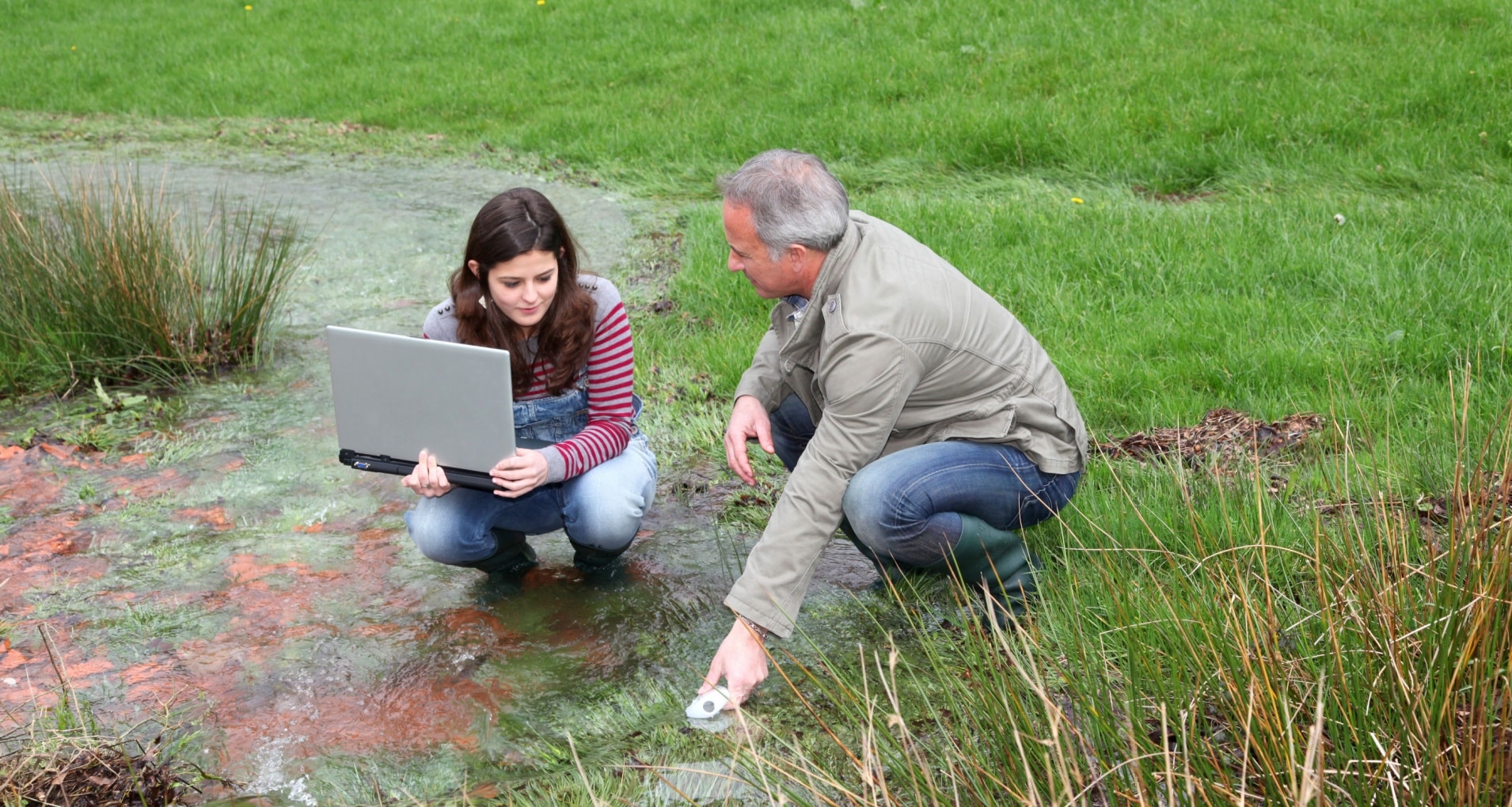OUR POSITION
TFI supports climate policies that preserve the competitiveness of U.S. fertilizer manufacturers in the world market.
ANALYSIS
Natural gas plays a critical role in the production of fertilizers. It is the basic building block for nitrogen fertilizers—used to produce the primary ingredient of ammonia. Fortunately for the industry, domestic ammonia manufacturing is experiencing a resurgence, driven primarily by plentiful supplies of low cost natural gas provided by shale.
How efficient is the industry? The modern method of producing nitrogen (the Haber-Bosch process) is fast approaching the limit of minimum energy consumption or the scientific end point of energy efficiency. Also, the greenhouse gas emissions from ammonia production are recycled by the fertilizer industry in urea production, beverages production and for use in enhanced oil recovery.
Emissions-Intensity Varies by Feedstock and Efficiency. More than 60 countries produce nitrogen fertilizers, with China serving as the largest producer, accounting for approximately 30% of production. Russia, the U.S., the European Union, India, and the Middle East each provide about 8-10% of production.
Almost all ammonia production today obtains the required hydrogen from fossil fuel feedstocks, largely natural gas in the U.S. and most parts of the world. However, coal is the feedstock for an estimated 22% of production, primarily occurring in China. Natural gas-based ammonia plants consume less energy than do those relying on coal, resulting in much lower CO2 emission potential. Further, other foreign natural gas-production (e.g., Russia, China, and India) is less efficient and less regulated, resulting in higher carbon intensity. Due to feedstock and facility efficiencies, production in the U.S., Canada, and Western Europe is substantially less carbon-intensive than is production in other parts of the world. China, for instance, accounts for 45% of CO2 emissions.
The 2021 Inflation Reduction Act (IRA) contains several updated incentives. The IRC Sec. 45Q tax credit supports decarbonizing ammonia production through CCS, and the new Sec. 45V tax credit makes hydrogen production much more economically feasible. While the IRA’s scheduled 2032 expiration seems to be far in the future, the cost and time allocations of facility upgrades are substantial.
Challenges and Opportunities with Decarbonizing U.S. Ammonia Production. Two primary pathways exist to decarbonize ammonia production: (1) carbon capture and sequestration (CCS) applied to current production pathways; and (2) the use of electrolyzers powered by renewable electricity to produce carbon-free ammonia.
Federal Policy Can Address Many of the Challenges to Decarbonizing U.S. Ammonia Production. Government policy will play an integral role in the U.S. ammonia industry’s decarbonization. Without a robust policy framework in place, it will be challenging for U.S. ammonia producers to achieve large scale emission reductions while remaining competitive in the global marketplace.







